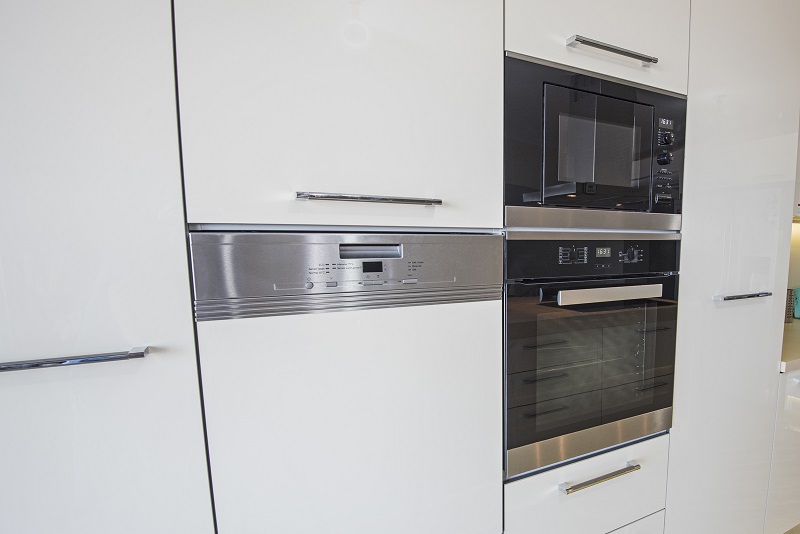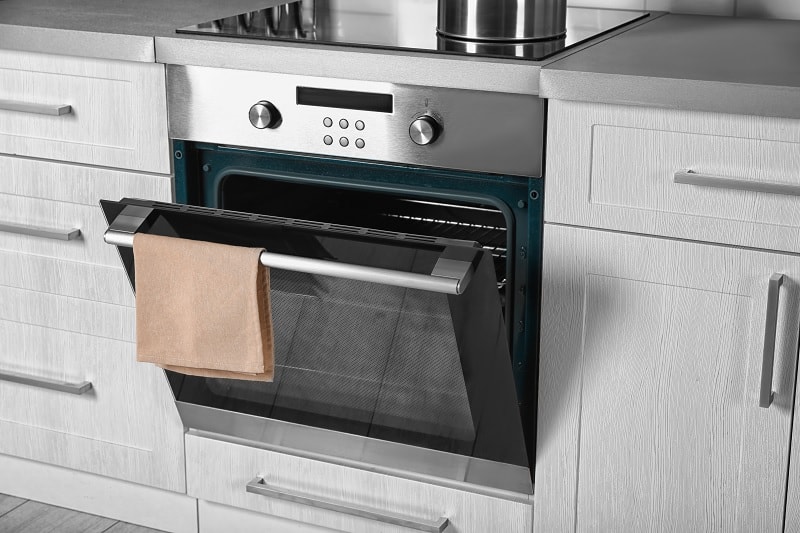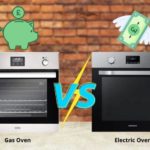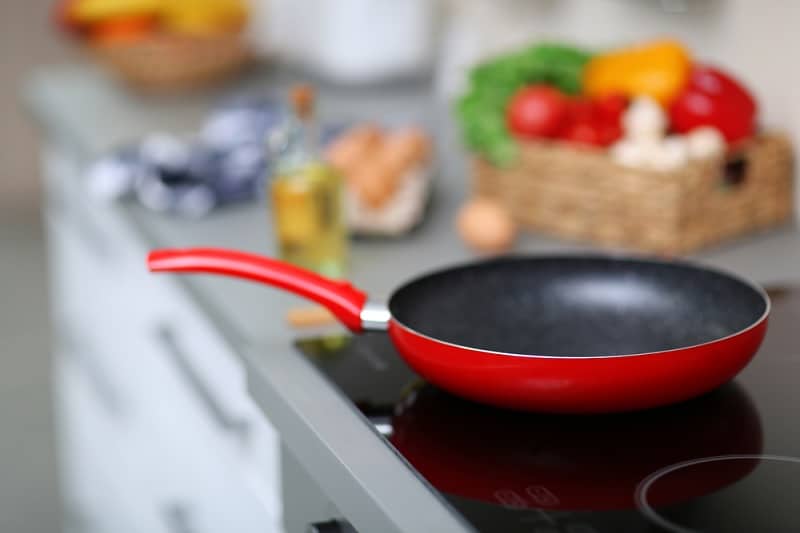No one wants to spend their weekends scouring congealed grease and food remnants from the inside of an oven. In fact, cleaning your oven has to be one of the worst chores going.
From heavy cleaning chemicals and the manpower required to remove stubborn dirt, it is no wonder people are letting their ovens get a little dirtier than they should.
But thankfully, there is a solution: the self-cleaning pyrolytic oven.
These ovens do what they say on the tin. They take the awful task of oven cleaning out of your hands! But in doing so, do self-cleaning pyrolytic ovens use a lot of electricity?
How Do Self-Cleaning Ovens Work?
To understand how much electricity self-cleaning ovens use, we first need to understand a little more about how they work. Most self-cleaning features on ovens work by using one of two methods:
- Pyrolytic Cleaning: These self-cleaning ovens heat to extremely high temperatures and burn off all of the grease and other residues by turning them into ash.
- Steam Cleaning: This is where water is combined with high heat to loosen all the residue on the inside of your oven. You’ll need to manually clean inside the oven after a steam cleaning cycle, but most of the hard work is done for you.
In both types of self-cleaning ovens, extremely high temperatures are required for cleaning to be successful. And it is the generation of such intense heat that uses up energy and electricity.
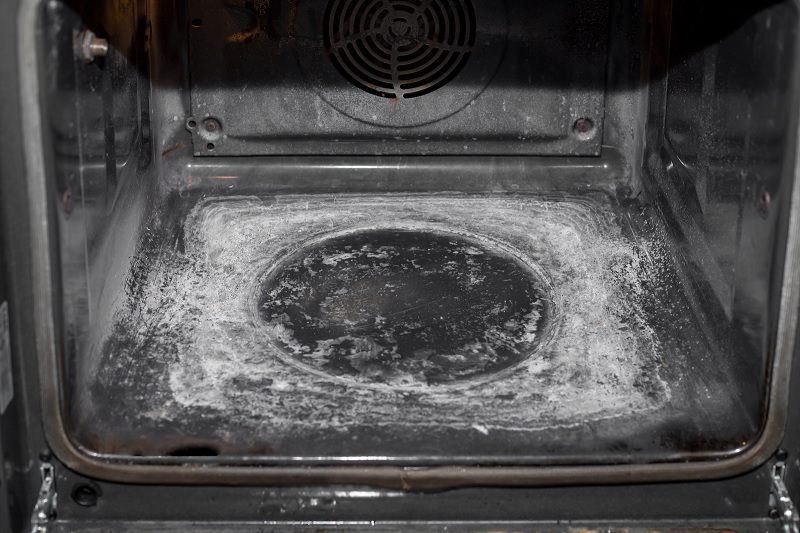
How Much Power Does a Pyrolytic Oven Use?
On average, the self-cleaning cycle on a self-cleaning pyrolytic oven uses 8 kWh of electricity. This is around the same amount of energy as using an electric oven normally nine times!
At current electricity prices of 26.35p per kWh for the period from 1 October to 31 December 2025, a cleaning cycle on a pyrolytic oven would cost £2.11.
Steam cleaning ovens require far less energy, and so are better if you want to keep your electricity costs down. They only require around 3 kWh to run. This is still closer to the equivalent amount of energy you’d use to cook in your oven each day.
At current electricity prices of 26.35p per kWh, a cleaning cycle on a steam cleaning oven would cost £0.79.
However, in terms of cooking, self-cleaning ovens are still more energy-efficient than traditional ovens. This is because they are made specifically to withstand extremely high cleaning-cycle temperatures and are far better insulated.
For this reason, they retain their heat more readily and require less energy for standard cooking.
Electricity Usage of Self-Cleaning vs. Traditional Ovens
The best way to look at how much electricity self-cleaning ovens use is to compare their energy usage to that of traditional electric ovens.
As mentioned, cooking using a self-cleaning oven requires less energy than a standard oven thanks to its incredible insulation.
However, the self-cleaning feature is an entirely unnecessary use of energy as the task can be done by hand.
If you want to keep your electricity usage as low as possible, your best option is to purchase a pyrolytic self-cleaning oven but not use its self-cleaning function itself.
This does mean you’ll still have to scrub away at your oven by hand, but you’ll be spending less money on electricity used to heat the oven. Besides, using less energy is also great for the planet.

Hannah is a freelance content writer and self-proclaimed foodie. When Hannah isn’t sitting tapping at her laptop, you’ll probably find her in the kitchen. As an ex-chalet host, she’s used to cooking four-course meals for 10+ people and loves feeding friends and family whenever possible.

